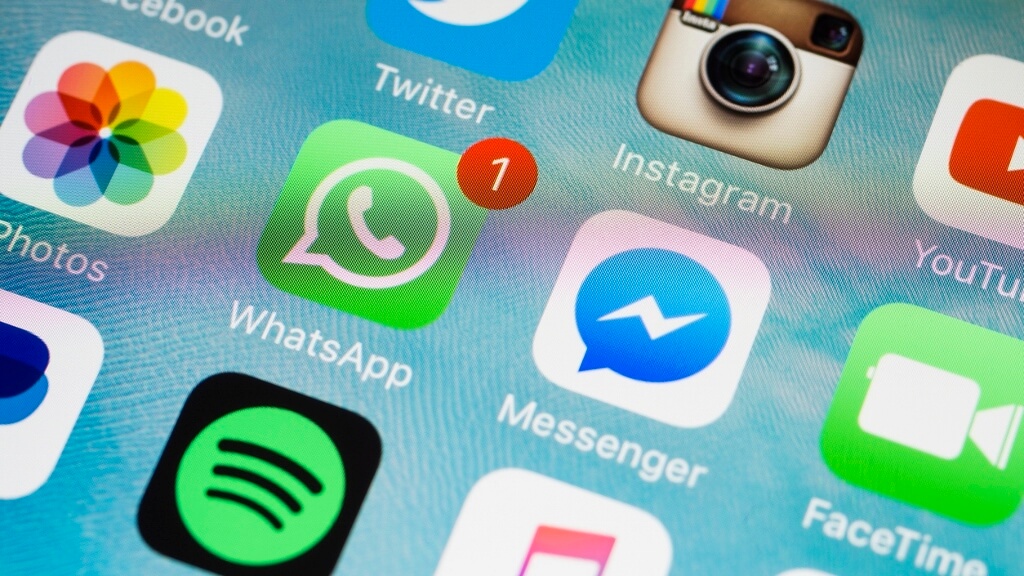How to Get a Great ROI on Your Influencer Marketing Plan

Opinions expressed by Contractor the contributors are theirs.
To most old-school marketers, influencer marketing seems risky and without merit. More than a few have asked me, “Where’s the legitimate ROI?” Without native knowledge of social media, those who have marketed in the same way for years believe that influencer marketing is fragile and fleeting. Some just don’t know how it works or don’t want to take the risk.
Shutterstock.com
The thing is, there is plenty of research to show that influencer marketing has one of the highest ROI of any marketing plan. According to a study by SocialChorus, influencer marketing campaigns can capture up to 16 times the engagement of first-party or paid media. Influencer marketing agency Tomoson also found that businesses generate, on average, $6.50 in revenue for every dollar invested in influencer marketing. Thirteen percent of these businesses earn $20 or more for $1. Influencer marketing is the most cost-effective means of advertising and generates a very high return on investment.
Related: 8 Influencer Marketing Dos and Don’ts
While social media has created the ability to generate highly targeted marketing campaigns, many businesses have little or no idea of how to create and measure the ROI that a marketing campaign can achieve. influence brings them. To that end, follow these four essential tips to help you launch the best campaigns ever:
1. Find the right influencers.
It cannot be overstated. First of all, define your audience. Obsessed with them. What details about their lives can you define and use to create the ultimate demographic? You need to know exactly who you are targeting to find the influencers who will reach your audience.
Next, find the influencers who create for your audience, in your niche. Ideally, these are influencers who can and do get their fans to click. They create high engagements on their page, which will translate into your ROI.
One of the biggest mistakes companies make when hiring influencers is always choosing the crème de la crème – influencers who have millions of followers. The problem with large reach is that often the demographic breadth of a large audience is too wide for a niche product and costs too much for a good return on investment. Aim for mid-level reach with an influencer who best matches your demographic, targeting the audience that will be likely to click.
2. Use your metrics.
The idea that social media marketing cannot be measured is very outdated. There are plenty of tools out there to measure the ROI impact of your influencer marketing campaign, and more are coming out every day.
Related: How Influencer Marketing Goes Beyond Awareness
First, start with the basics like tracking and measuring your Facebook and Twitter metrics. It’s easy to search for metrics by date, time, location and more, so start there.
Next, make sure your campaign includes monitoring mechanisms. Hashtags and promo codes allow you to monitor sales, usage, and click-through rates, making them invaluable in calculating your return on investment. There are also many alternative routes, such as link-shortening company Bitly. They’ve hooked up their shortened links to metrics that let you see loads of data that was otherwise hard to track.
Finally, use these metrics to isolate and target your audience even more precisely. Pay attention to your audience’s reception. The temperature of your audience’s reaction indicates where your business is booming or falling short.
3. Play the long game.
Traditional marketing is an immediate return that can be seen and measured over a short period of time. Influencer marketing carries the same weight, but it’s a long game. You build relationships and trust, and that takes time and effort. Influence is something you earn, not something you buy.
Keep in mind that the demand for your product or service could – and very likely – continue into the future, even after your campaign ends. Don’t stop measuring just because you’re done with your ads.
4. Reward your influencer.
Rewards for your influencer should reflect the relationship you are building between the two of you. Silver is great compensation, but should be mentioned with caution. Influencers can also be paid with products, dedications, discounts and even commissions, if that suits you. Remember, you are building a relationship where the influencer should leave feeling loved, important, and well compensated for their time, effort, and brand loyalty.
Related: Why Defining Content Campaign Success Is Harder Than It Seems
Additionally, I recommend designating one or two employees to be the initial and ongoing contact for your influencers, creating a genuine and ongoing connection. The more they feel like family, the more genuine love they will feel for your business and, by extension, your product or service.
In conclusion, there really is no legitimate objection these days to not including influencer marketing in your campaigns. With so much information reaching consumers every day, trust, authenticity, and word-of-mouth advertising are your best tools to get your product out there. Keep using the tools and you’ll see incredible ROI.



